
 |
|
|
Fruits
Volume 58 Number 15 Date 08/15/2013 APPLE MAGGOT - Emergence and oviposition may have peaked in the southern and central areas. One-half of the apple maggot population is expected to appear by 1,600 heat units (base 50°F) suggesting that 50% emergence should occur by August 17 across the southern half of the state. Fly counts increased abruptly from August 1-8 and remained comparatively high this week. The highest weekly total thus far is 25 flies on a baited red sphere at Gays Mills in Crawford County. Apple maggot flies are likely to persist in orchards through September, so continued maintenance of red sphere traps will be required. SPOTTED WING DROSOPHILA - The list of counties with confirmed SWD infestations continues to grow. Counties reporting new SWD detections in the past week include: Grant, Jefferson, Marathon, Monroe, Lafayette, Pierce and Washburn. The finds in Marathon and Lafayette counties are the first documented reports of SWD in those counties and represent new county records. Recommended controls for conventional small fruit growers consist of repeated insecticide applications at 4- to 5-day intervals. A list of insecticide options can be found on the UW-Madison SWD website at http://labs.russell.wisc.edu/swd/management-2/ . For organic operations, the OMFI-approved insecticides PyGanic and Entrust are available for SWD control. Spotted wing drosophila has now been confirmed in Bayfield, Columbia, Crawford, Dane, Door, Grant, Iowa, Jefferson, Lafayette, Marathon, Monroe, Pierce, Racine, Rock, Sauk, Trempealeau, Vernon and Washburn counties for a total of 18 counties since the first larvae were detected during the final week of June. STINK BUG - Minimal activity has been reported or observed in fruit crops to date. Stink bug populations are likely to increase this month, especially in orchards with ground covers or adjacent to uncultivated areas. Apple growers should begin scouting fruits for the dimples or dark, irregular circular depressions typical of stink bug feeding and flag sites with multiple depressions on the same fruit or tree. Damage by this pest is often limited to specific areas in the orchard and depending on the distribution of the population, spot treatment may be adequate. Apple growers should not mow cover crops or weeds when stink bugs are present to prevent the insects from moving into the trees. -- Krista Hamilton, DATCP Entomologist 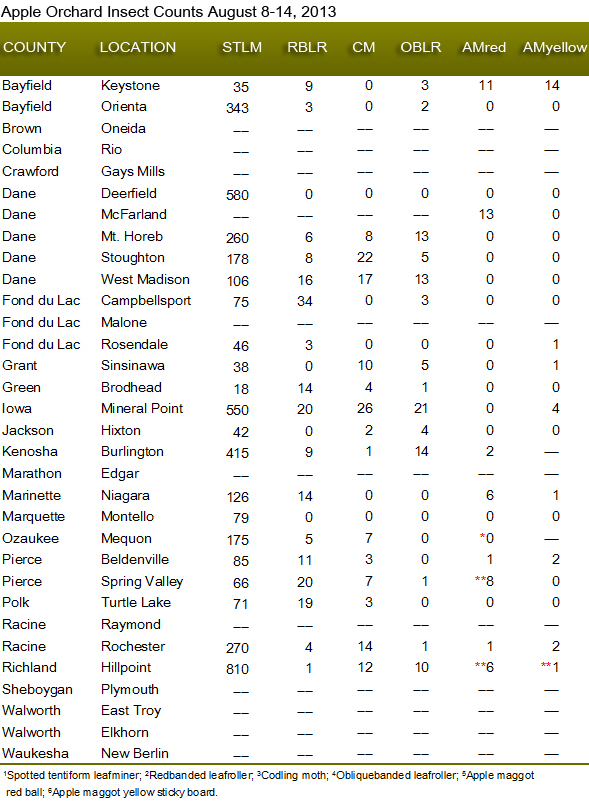
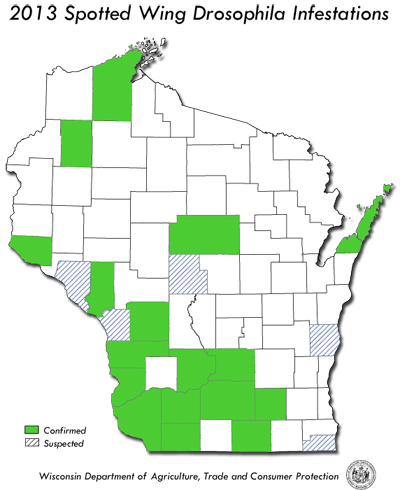
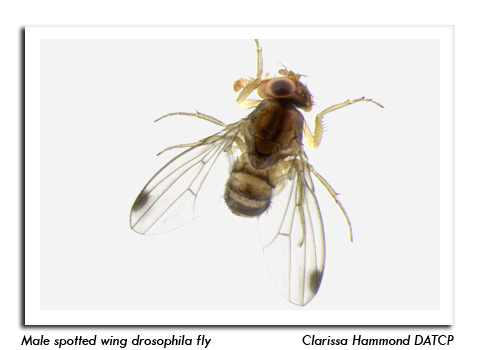
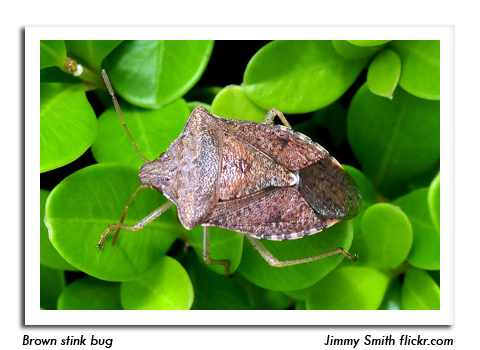
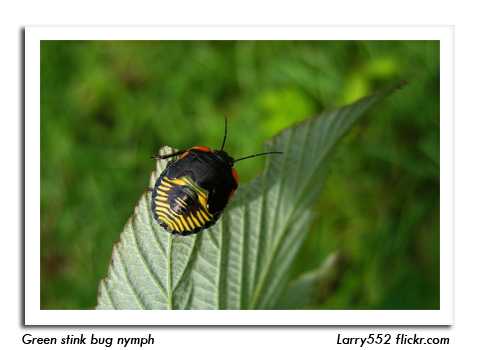
|
|
|